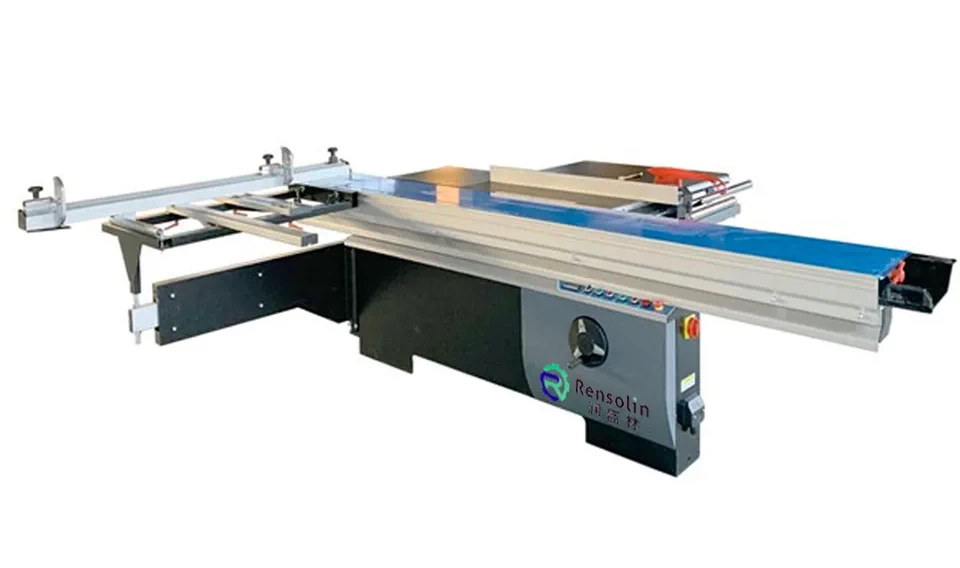Acrylic, also known as Plexiglas or PMMA (Polymethyl Methacrylate), is a versatile and popular material used in various applications, including signage, display cases, furniture, and architectural elements. One common challenge when working with acrylic sheets is the issue of edge chipping during cutting, which can lead to rough and uneven edges. The choice of acrylic saw blades plays a crucial role in determining the quality of the cut and minimizing edge chipping. This article explores the problem of acrylic sheet edge chipping and its correlation with acrylic saw blade selection.

- Understanding Edge Chipping in Acrylic Sheet Cutting:
Edge chipping is a common phenomenon that occurs during the cutting process of acrylic sheets. It refers to the formation of small chips, cracks, or roughness along the edges of the cut. Acrylic, being a thermoplastic material, tends to melt and fuse back together when cut with traditional saw blades. This melting and re-solidification process can result in chipped edges, compromising the overall finish and aesthetic appeal of the final product.
- Factors Contributing to Edge Chipping:
Several factors contribute to the edge chipping problem during acrylic sheet cutting:
a. Blade Tooth Design: The tooth design of the saw blade greatly influences the quality of the cut. Traditional saw blades with large, widely spaced teeth tend to cause more chipping due to their aggressive cutting action.
b. Blade Material: The material composition of the saw blade affects its performance. Carbide-tipped saw blades are commonly used for acrylic cutting due to their hardness and durability.
c. Tooth Count: The number of teeth on the blade impacts the cutting speed and the smoothness of the cut. Higher tooth counts generally result in smoother cuts with reduced chipping.
d. Cutting Speed and Feed Rate: Incorrect cutting speed and feed rate can contribute to edge chipping. Too fast, and the acrylic may melt excessively; too slow, and the blade may cause more friction, resulting in chipping.
e. Acrylic Sheet Thickness: The thickness of the acrylic sheet can also influence edge chipping. Thicker sheets tend to be more susceptible to chipping due to increased material resistance during cutting.
- Importance of Acrylic Saw Blade Selection:
Selecting the appropriate saw blade for cutting acrylic is vital in achieving clean, chip-free edges. Several types of saw blades are available in the market, but not all are suitable for cutting acrylic. Here are some key considerations when choosing an acrylic saw blade:
a. Triple-Chip Grind (TCG) Teeth: Blades with TCG teeth have a special tooth geometry that helps minimize chipping. The TCG design features alternating beveled teeth and flat-top rakers, reducing the heat generated during cutting and enhancing chip evacuation.
b. High Tooth Count: Opt for saw blades with a higher tooth count, typically 80 to 100 teeth, as they provide smoother cuts with reduced chipping.
c. Carbide-Tipped Blades: Carbide-tipped blades are more durable and heat-resistant, making them suitable for cutting acrylic without excessive chipping.
d. Blade Diameter: Choose a blade diameter that matches the cutting machine’s specifications and the acrylic sheet’s thickness.
e. Lubrication: Using a lubricant or coolant during the cutting process can help reduce heat and prevent excessive melting, thereby minimizing edge chipping.
- Best Practices for Acrylic Sheet Cutting:
To minimize edge chipping and achieve optimal cutting results, follow these best practices:
a. Secure the Acrylic Sheet: Ensure the acrylic sheet is securely clamped or held in place during cutting to prevent vibrations that could lead to chipping.
b. Proper Blade Installation: Install the saw blade correctly and securely on the cutting machine.
c. Test Cuts: Before cutting the final piece, perform test cuts on scrap acrylic to fine-tune the cutting speed, feed rate, and other parameters.
d. Cutting Direction: Cut in the direction that allows the teeth to enter the material first, as it helps reduce chipping.
Conclusion:
Edge chipping is a common challenge when cutting acrylic sheets, but it can be effectively minimized by choosing the right saw blade and implementing best cutting practices. Opting for a carbide-tipped blade with a TCG tooth design and appropriate tooth count will significantly improve cutting results, leading to clean, chip-free edges on acrylic materials. By understanding the relationship between acrylic sheet edge chipping and acrylic saw blade selection, craftsmen and manufacturers can ensure the production of high-quality acrylic products with smooth, professional finishes.
